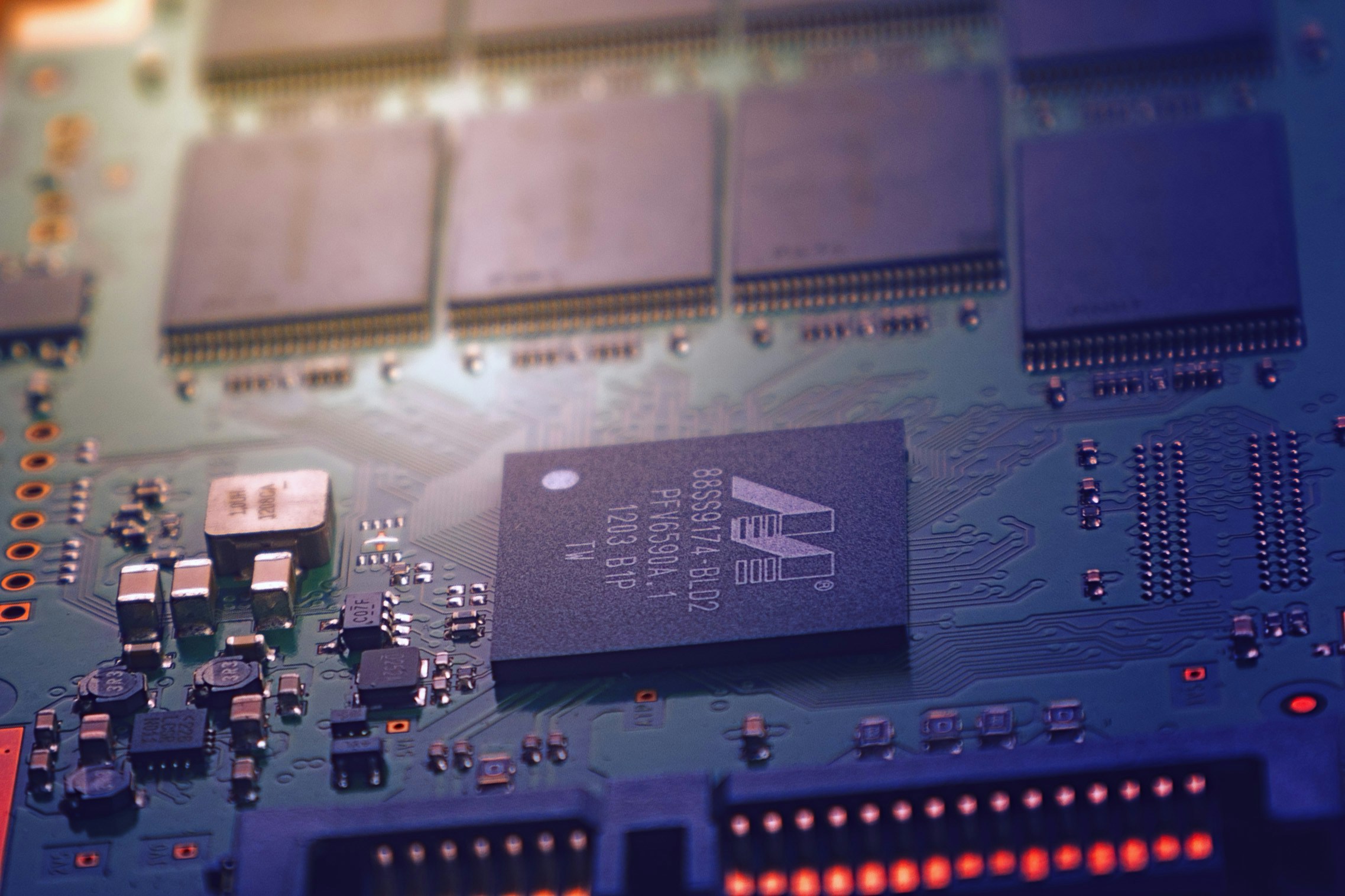Shapeshifting Hardware: The Dawn of the Morphing Smartphone
In the ever-evolving tech landscape, a new wave of innovation is on the horizon. Morphing smartphones, devices that can physically transform, are no longer a distant dream. This article delves into the fascinating world of shapeshifting hardware, tracing its journey from concept to reality, and exploring its potential impact on the smartphone market.

The Genesis of Shapeshifting Hardware
The concept of shapeshifting hardware was first introduced around a decade ago, when researchers began exploring the potential of flexible screens. However, it wasn’t until the last few years that we saw the first real-world applications, with brands like Samsung and Huawei launching foldable smartphones. These devices, while impressive, were the mere tip of the iceberg in the evolution of morphing hardware.
The Leap from Foldables to Morphables
The leap from foldable to morphable hardware is driven by the advancements in materials science and mechanical engineering. The new breed of devices will feature flexible screens that can transform their shape based on user needs. For instance, a smartphone could turn into a tablet for better multimedia consumption or a gaming console for enhanced gameplay.
Current State of the Art
While still in early stages, several tech giants are investing heavily in this field. Last year, TCL unveiled a concept device that can transform from a smartphone to a smartwatch. Meanwhile, Samsung has patented designs for a stretchable phone that can turn into a tablet.
Price Considerations and Market Impact
Given the cutting-edge technology involved, the initial versions of these devices are likely to be priced at the higher end of the smartphone spectrum. However, as with all technology, prices are expected to fall over time as production processes improve and competition increases.
The introduction of morphing smartphones could potentially disrupt the smartphone market, offering users a single device that caters to their varying needs. It could also impact the tablet and smartwatch segments, as these devices could see a decline in demand if a single device can serve multiple purposes.
The Road Ahead
The road to mass-market morphing smartphones is still long and full of challenges. Technical hurdles, such as ensuring durability and perfecting the transformation mechanism, need to be overcome. However, the potential payoff is huge, both in terms of user experience and market impact.
In summary, the world of shapeshifting hardware is an exciting frontier in the tech landscape. As we move closer to the reality of morphing smartphones, it’s clear that this innovation could redefine our relationship with technology and open up a world of possibilities. Are we ready for this leap into the future? Only time will tell.




